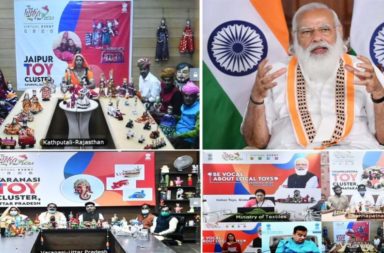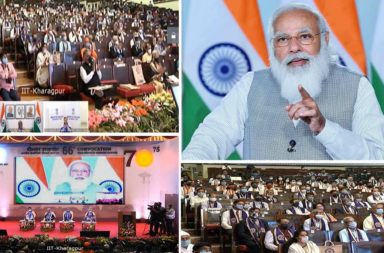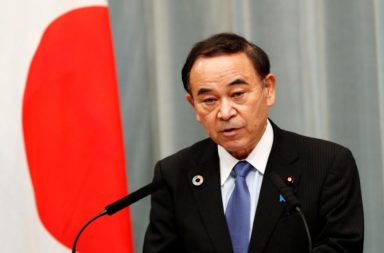The Indian government recently approved the National Education Policy 2020, making way for large scale, transformational reforms in both school and higher education sectors. The new policy aims to pave the way for transformational reforms in school and higher education systems in the country. This is the first education policy of the 21st century which replaces the 34 year old National Policy on Education, 1986. The New Education Policy was part of the Bharatiya Janata Party’s manifesto ahead of the 2014 general election.
When the national education policy was last implemented in the country?
After India’s independence, only two national policies related to education was brought in. The first national education policy was declared in 1968 based on the report and recommendations of the Kothari Commission that worked during 1964-66. This policy was implemented by the then Indira Gandhi government. The main objective of the 1968 education policy was to provide quality education and to provide education to all citizens. This policy was put to review and new education policy was introduced in 1986 during the time of Prime Minister Rajiv Gandhi. It laid stress on enhancing computer literacy and library facilities. This policy was amended in 1992 by the Narasimha Rao government.
Framing of NEP 2020 will be remembered as a shining example of participative governance. I thank all those who have worked hard in the formulation of the NEP 2020.
May education brighten our nation and lead it to prosperity.
— Narendra Modi (@narendramodi) July 29, 2020
Salient features of 1968 National Education Policy
In accordance with Article 45 of the Constitution, there should be compulsory and free education up to the age of 14 years. Every child has a fundamental right to education and should get equal opportunity. Special focus should be on students from backward sections, minorities, girls and differently-abled sections should be given special attention. In this policy, the emphasis was also laid on the development of foreign languages along with Indian languages. A three-language formula should be introduced, in which a student at the secondary level should know the language of his area along with Hindi and English. The teacher is the key person in providing quality education. Therefore, they should get respect from society. For this, they must have a better qualification and training. Besides, they should have the freedom to write, study, and speak on national and international issues.
Second National Education Policy was implemented with major changes in 1986
The National Education Policy 1986 was introduced in 1992. It introduced a comprehensive framework for the development of education in the country. The emphasis was on modernizing education and providing basic facilities. The education of backward classes, disabled and minority children should be given more attention. The policy accorded priority to checking school dropout percentage and suggested creating a network of non-formal education besides making education compulsory for children up to 14 years of age. To reduce the rate of illiteracy among women, more emphasis laid on their education. Special provisions made for them in various technical and professional institutions. Resources like infrastructure, computers, and libraries made available to the institutions. The Central Advisory Board of Education played a pivotal role in reviewing education and suggesting changes as and when required. NGOs will be encouraged to facilitate education in the country.
Cabinet Briefing @PrakashJavdekar @DrRPNishank https://t.co/47u5S0pH6f
— Dr. Ramesh Pokhriyal Nishank (@DrRPNishank) July 29, 2020
Why is the new education policy being implemented?
The New Education Policy aims to revamp of all aspects of Indian education structure, to regulate and govern, to create a new system that is aligned with the aspirational goals of 21st century education, while remaining consistent with India’s traditions and value systems. This policy is aligned to the 2030 Agenda for Sustainable Development and aims to transform India into a vibrant knowledge society and global knowledge superpower. It will create new opportunities for students in the domain of higher education; moreover, they can pursue education with greater flexibility in a seamless learning environment.
Salient features of NEP 2020
The objective of this new education policy is to make pre-primary education (for children aged 3 to 5) available to all by 2025. Through this, basic literacy and knowledge will be available to all. Free and compulsory education should be made available to all children in the age group of 3 to 18 years by 2030. The policy aims at reducing the curriculum load of students and allowing them to become more “multi-disciplinary” and “multi-lingual”. There will be no rigid separation between arts and sciences, between curricular and extra-curricular activities and between vocational and academic stream. NEP 2020 vocalizes the National Research Foundation NRF that will fund competitive, peer-reviewed grant proposals across disciplines to recognize and support outstanding research. The National Education Commission will also be created under the new education policy, which will be chaired by the Prime Minister of India. It will work for the development, evaluation and implementation of policies in the country.





